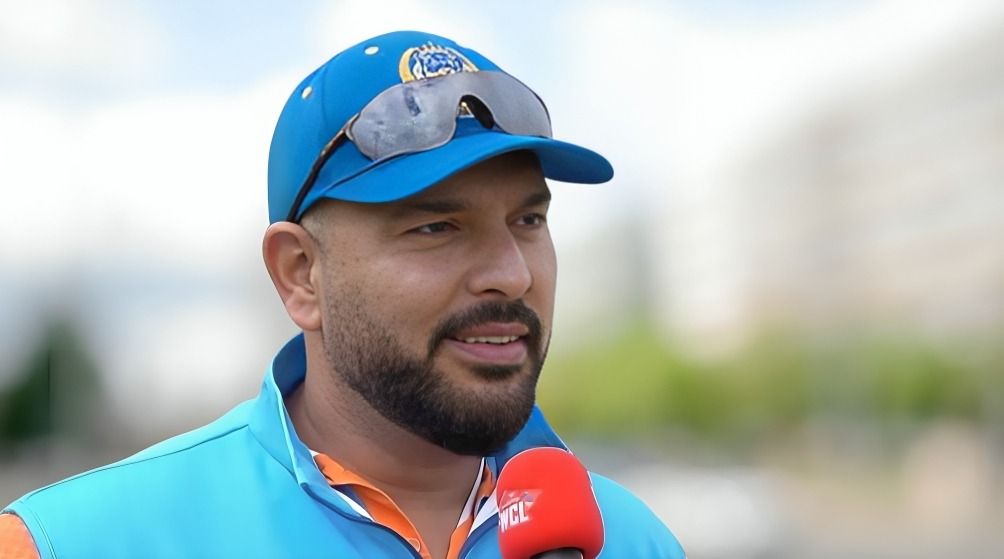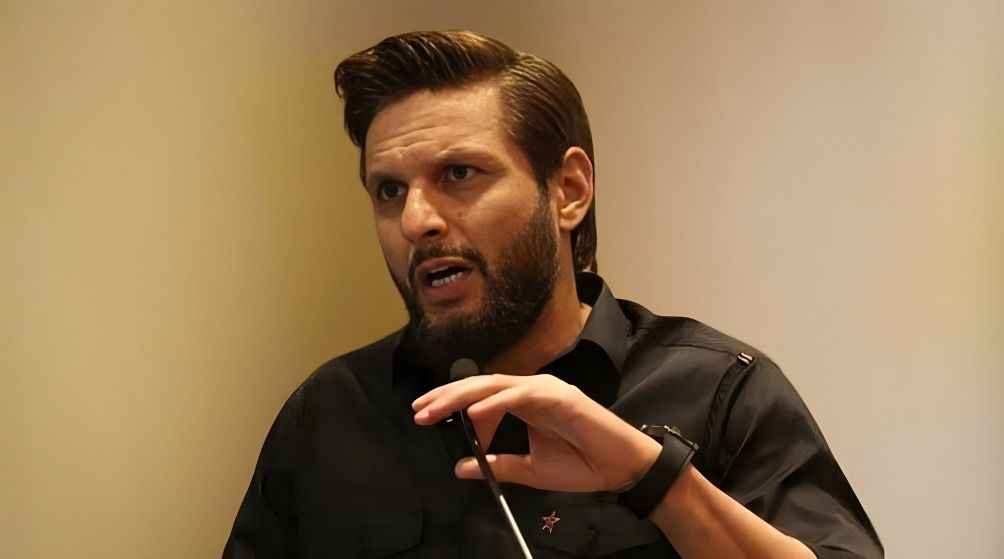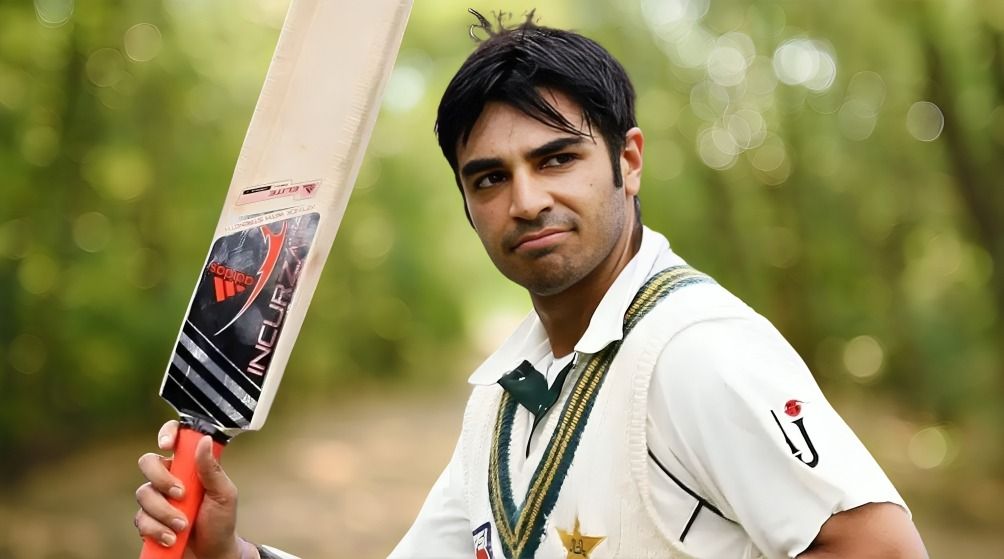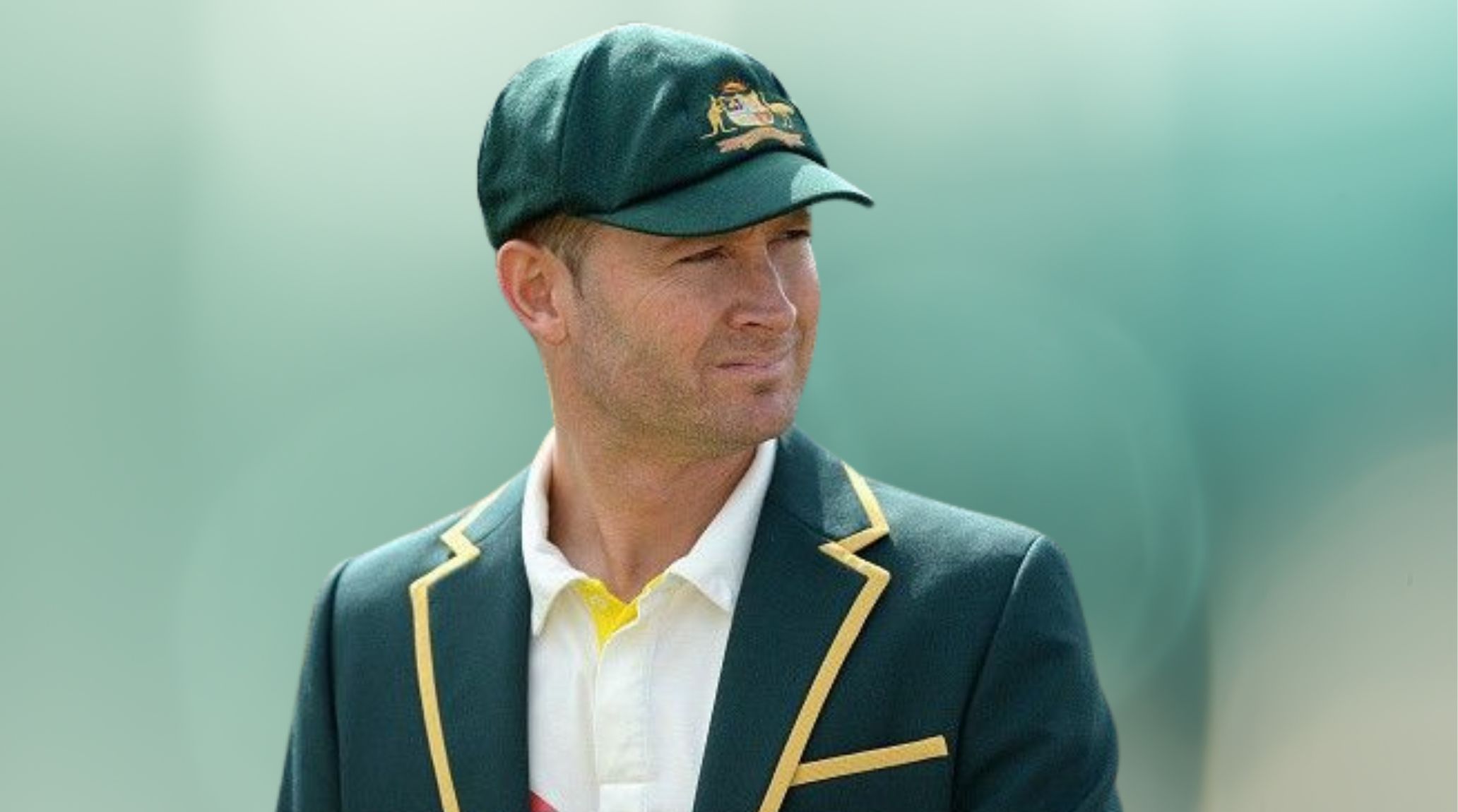
“
Michael Clarke, affectionately known as “Pup,” is one of the most iconic cricketers to have ever donned the Australian cap. In this article, we uncover 20 interesting facts about Michael Clarke: Pup, exploring his rise to cricketing greatness, his pivotal role in key victories, and how he transformed Australian cricket. 1
1
”
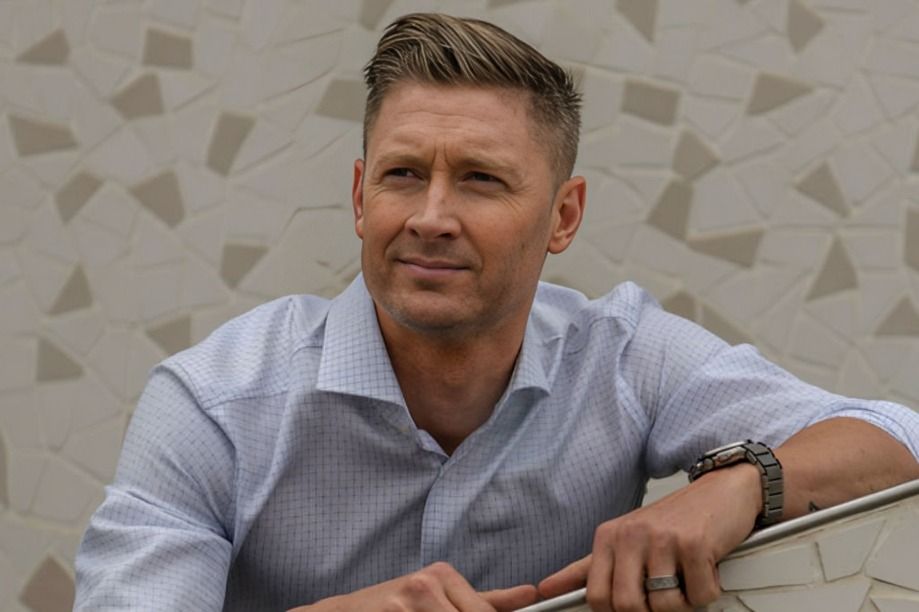
Michael Clarke was born on April 2, 1981, in Liverpool, New South Wales, Australia. He earned the nickname "Pup" early in his cricket career due to his youthful debut.
Clarke made his Test debut for Australia in 2004 against India, scoring a brilliant 151 in his debut match, quickly establishing himself as a talented and aggressive batsman. 1
He became Australia’s Test captain in 2011, succeeding Ricky Ponting. Under his leadership, Australia regained the Ashes in 2013-14 with a 5-0 series whitewash over England. 2
Clarke scored 8,643 runs in Test matches, including 28 centuries, making him one of Australia’s top run-scorers. His highest Test score was 329* against India in 2012. 3
In ODIs, Clarke scored 7,981 runs, leading Australia to a World Cup victory in 2015 on home soil, where he played a crucial role with a half-century in the final match. 4
Clarke won the Allan Border Medal four times (2005, 2009, 2012, 2013), recognizing him as Australia’s best player, a record that highlights his consistent performance. 5
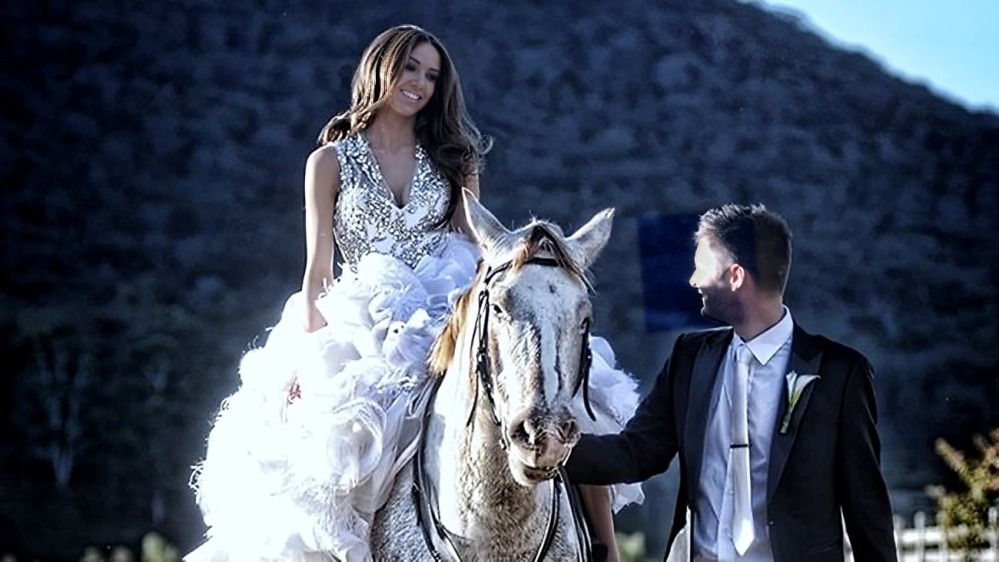
Clarke married Kyly Boldy in 2012, a former model and television personality. They were known as one of Australia’s high-profile couples, often in the media spotlight.
The couple had a daughter, Kelsey Lee Clarke, born in 2015. Clarke has expressed his devotion to fatherhood, often sharing moments of his life with his daughter publicly. 6
Clarke announced his retirement from international cricket after the 2015 Ashes series, ending an illustrious career where he captained Australia in 47 Test matches. 7
Clarke became the first Australian to score four double centuries in a calendar year (2012), a record that reflects his dominance with the bat during that period. 8
He has been involved in various business ventures, including his own fitness brand and co-owning a high-end fashion line, showcasing his entrepreneurial interests post-cricket. 9
Known for his athleticism, Clarke was a versatile fielder, often contributing key catches and run-outs, particularly in slip or close-in positions during Test matches. 10
Clarke battled through injuries during his career, including a serious back injury, which forced him to adapt his playing style, but he still maintained his elite performance.11
Clarke’s leadership was crucial in the emotional aftermath of the death of teammate Phillip Hughes in 2014, where he delivered a heartfelt eulogy at Hughes' funeral. 12
In 2012, Clarke became one of only three Australian captains to win the Allan Border Medal and the Sir Garfield Sobers Trophy (ICC Cricketer of the Year) in the same year. 13
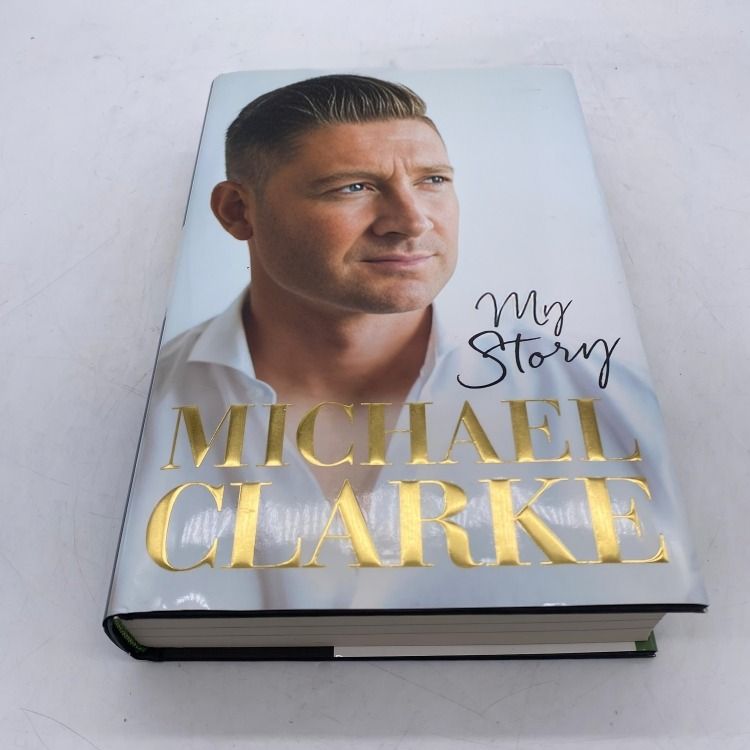
In 2016, Clarke released his autobiography, My Story, which gave insights into his cricketing career, personal challenges, and leadership of the Australian cricket team.
Clarke is also an advocate for various charitable causes, including cancer research, and he supports several organizations, leveraging his fame to bring awareness to key issues. 14
He was awarded the Order of Australia (AM) in 2020 for his service to cricket and charity, a recognition of his significant contributions on and off the field. 15
Clarke led Australia to their first ICC Champions Trophy title in 2009, further showcasing his captaincy skills and cementing his reputation as a successful leader. 16
After retiring, Clarke transitioned into a media career, working as a cricket commentator and analyst, providing expert insights during major international cricket tournaments. 17
